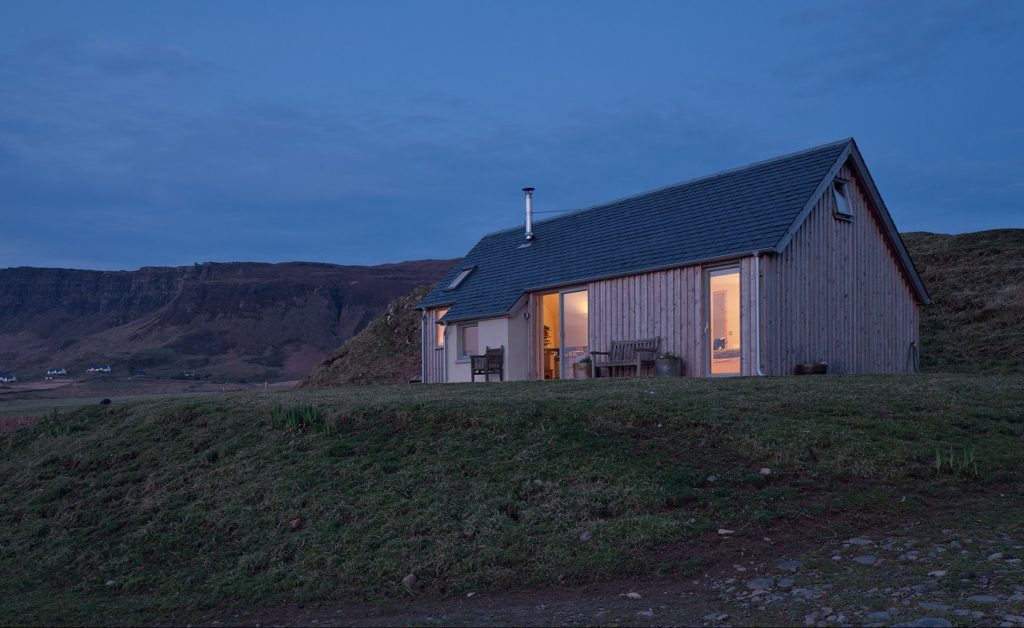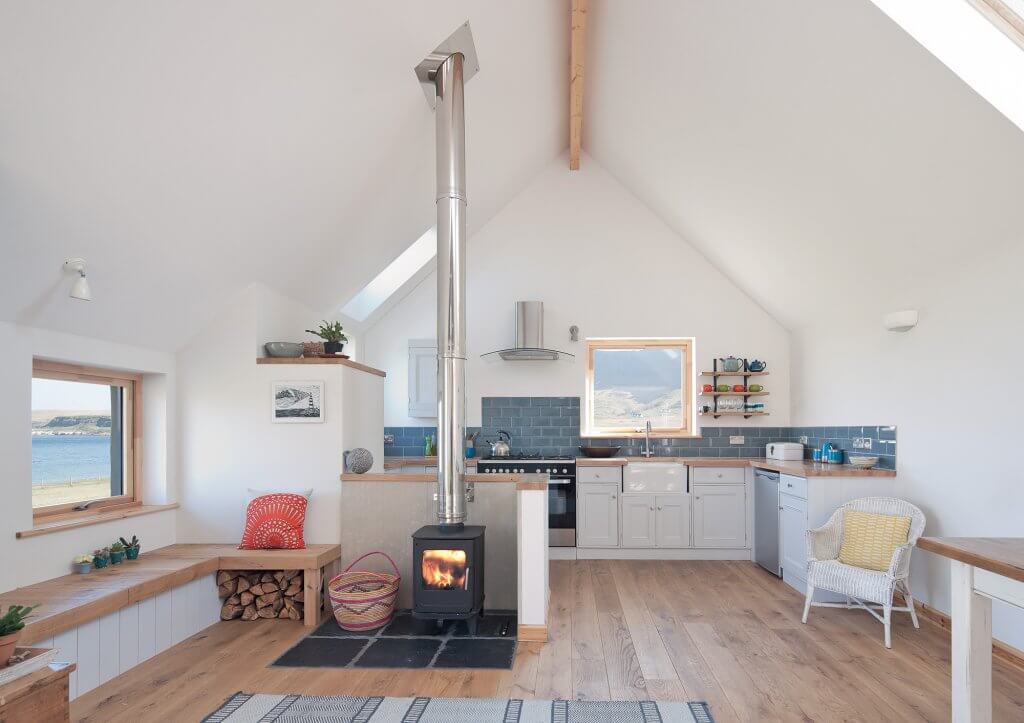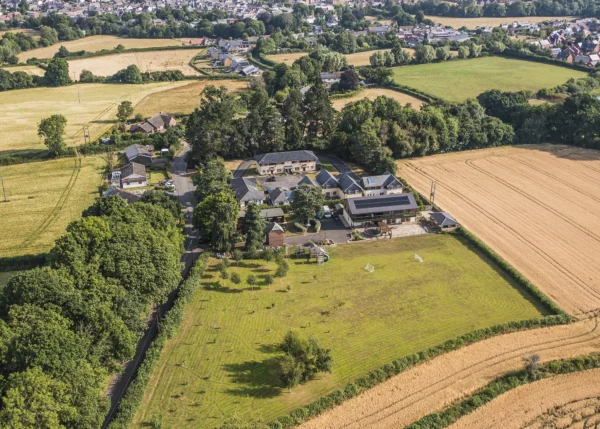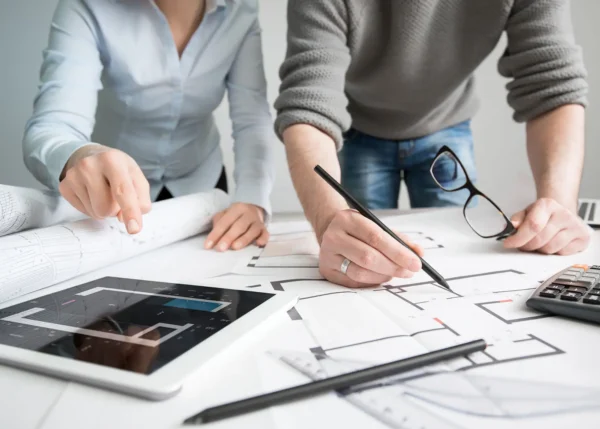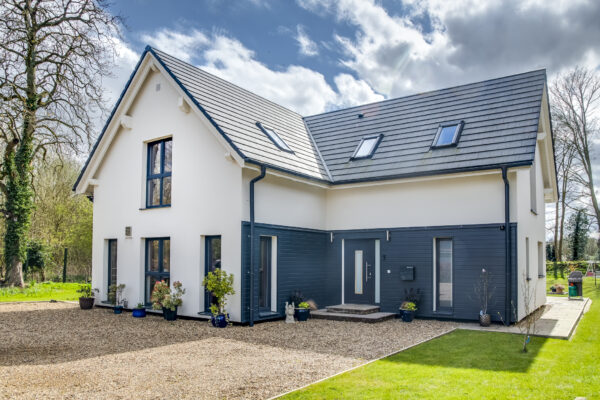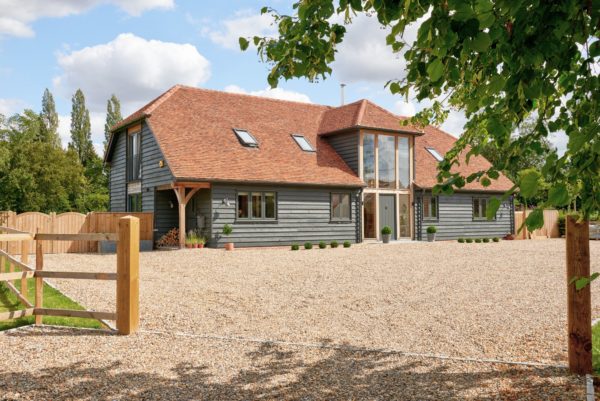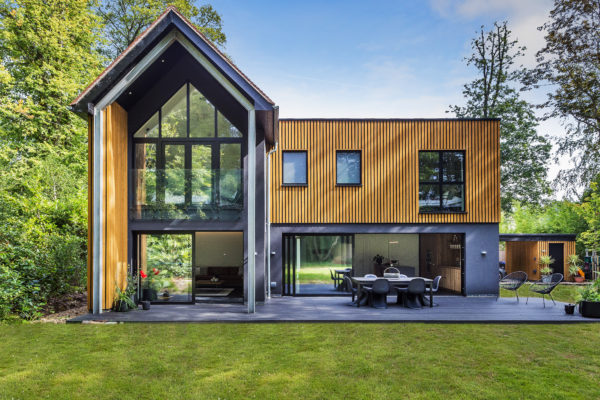How to Save Money on Your Self Build
Understanding the reality of what it costs to build your own home is vital if you’re to enjoy a successful project.
For a few lucky people, money is not much of an obstacle and they can indulge their every whim on spectacular design, top-quality materials and every technological innovation under the sun. I don’t meet too many of them, though.
Setting a budget and sticking to it is essential if you’re to achieve the house you want at a price you can afford. In truth, most aspiring self builders I speak to have limited funds – and they’re likely to be asking a lot of the cash they do have. Sometimes too much, in fact. Here are a few of the steps you can take to keep your spending on track.
How much does it cost to build a house?
The most common question I get asked in this game is “how much does it cost to self build a new house?” Unfortunately, it’s almost impossible to answer with any accuracy. Recently I’ve taken to replying with another question: “what does it cost to buy a new car?”
The reason for this is that the variables are similar. You can buy a basic car for under £8,000 but it won’t be much to write home about. Similarly, you can build a small house using budget materials for under £1,000 per m2 but you’re not likely to see Kevin McCloud knocking on the door any time soon.
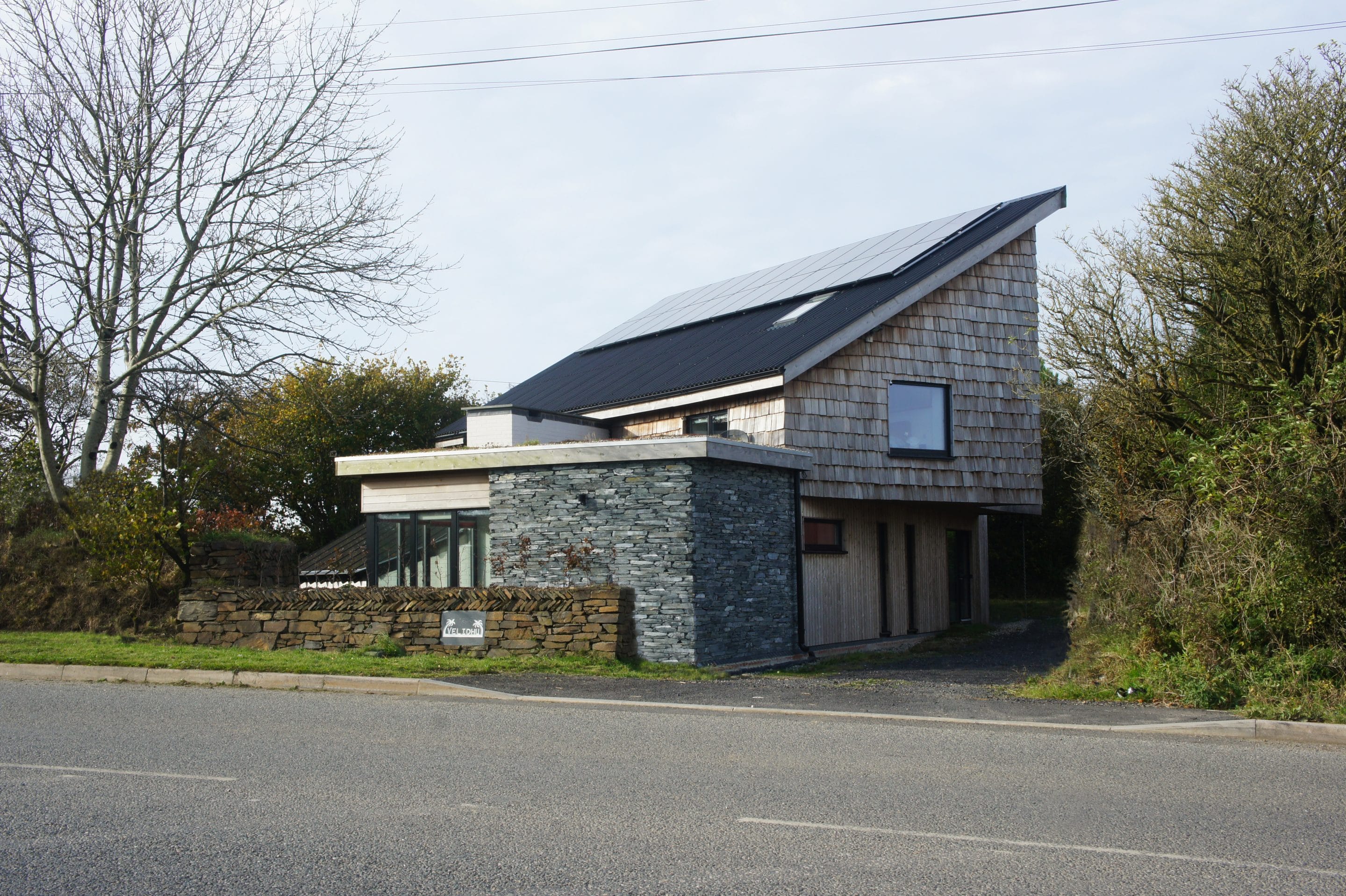
This self build project cost £222,000 overall, despite several setbacks along the way
It is a fact that if you want all the bells and whistles on either, it’s going to cost considerably more to buy or build. So you need to decide which parts of your project are essential and which elements are nice to have.
The cost of constructing your new home will increase in proportion to the amount of risk that you are happy to pass on to others. For this reason, the cheapest route is to do as much of the work yourself as you possibly can. But only 7% of projects are completed in the literal sense of self build – largely because most of us don’t have the time or the skills to undertake things on a truly do-it-yourself basis.
The next rung in terms of cost would be to manage the project yourself, hiring the individual trades and sourcing materials as required. Employing a general builder to do the work and run things on your behalf would represent another step up.
Read the full story of Sarah and George’s island self build
There are regional variations to account for too – the south-east of England is notoriously expensive, for instance. There are more stockbrokers than there are builders around this part of the country, a supply-and-demand issue that drives the prices up.
The other key factor to consider is quality. Using basic materials and fitting bog-standard kitchens and bathrooms will help to keep costs down, but the result won’t be very inspiring. Most self builders are looking for something a bit better in terms of size and fit-out than what’s on offer from the mass-market developers – so they’re keen to upgrade materials and finishes.
Self Build Mortgage CostsSome people are lucky enough to have sufficient savings or equity in existing property to complete their schemes loan-free – but the vast majority of self-builders will need to take out a mortgage. Learn more: Current Mortgage Prices The homogeneous approach to lending adopted by most high street banks means they struggle to deliver funding for new bespoke homes, but there are specialist mortgages available. Unlike standard products, these are tailored packages designed to release money in stages to fit with the spending pattern and relative value of your project as it’s built. When each tranche is released will depend on your lender, project profile and package you’re offered. They’re typically available through specialist brokers such as BuildStore, which works with a range of banks and building societies. BuildStore pioneered the advance stage payment mortgage, which gives access to each phase’s cash before you start on the relevant works – helping to improve cashflow. Generally speaking, you’ll need a deposit of around 15% of the overall project costs to secure a self-build mortgage. |
However, caution is needed, because falling in love with a particular piece of expensive designer hardware can add thousands to your budget and will subsequently require you to make compromises elsewhere to make up for the overspend.
The build cost table (below) was put together by my Build It colleague, architect Julian Owen. It’s based on experience rather than theory and I think it gives a good flavour of what to expect based on various levels of quality and size of home. The price scales are based on the idea of using a reputable general builder, and I currently use these rules of thumb myself at the early stages of a project when I’m estimating the likely costs.
Build It’s free self build cost calculator is also a great online resource and if you’re a little further ahead with your scheme, you might want to get a more detailed breakdown by using the Build It Estimating Service.
Build Costs Guide
This table will help you determine ballpark figures for the construction phase of your self-build project.It includes example house types and sizes (from a small bungalow to a large five-bed home) with the correlating floor areas multiplied by the relevant cost per m2 (determined by quality level, from budget to very high quality) to give you a starting point for your costings.
| House type | Floor area (m2) | Budget | Average | Good | High quality | Very high quality |
|---|---|---|---|---|---|---|
| Ballpark cost per m2 | £1,250 | £1,500 | £1,750 | £2,000 | £2,500 | |
| Very small bungalow | 70 | £87,500 | £105,000 | £122,500 | £140,000 | £175,000 |
| Small three-bed semi | 85 | £106,250 | £127,500 | £148,750 | £170,000 | £212,500 |
| Medium three-bed | 115 | £143,750 | £172,500 | £201,250 | £230,000 | £287,500 |
| Average four-bed | 140 | £175,000 | £210,000 | £245,000 | £280,000 | £350,000 |
| Good size four-bed/small five-bed | 160 | £200,000 | £240,000 | £280,000 | £320,000 | £400,000 |
| Average five-bed | 180 | £225,000 | £270,000 | £315,000 | £360,000 | £450,000 |
| Large five-bed | 200 | £250,000 | £300,000 | £350,000 | £400,000 | £500,000 |
Design a simple home
If you want to get maximum space for your money, then the most cost-effective option will be to build a square box with a low-pitched gabled roof. The big housebuilders churn out houses of this type because they can eke out every inch of a plot’s value.
The square footprint delivers the greatest internal floor area versus the amount of perimeter walling, while opting for a low pitched roof minimises the amount of material required to cover it. The steeper the roof pitch, the more tiles (or whatever topping you’re going for) will be needed. As a guide, you’ll need roughly 4% more product for every 5° of pitch.
Any variations to that simple, square shape will add to your spend. Extra gables dormer windows, curves, split-level floors, cantilevered overhangs and the like will all cost more. That’s okay if you can find the funds, but if finances are very tight, such features are usually best avoided.
When to spend
I often think of self building as going on the biggest shopping trip of your life. You will never be faced with as many choices – for as many items – as you will do when you’re on the path to building your own home.
Source it: Find the right building materials for your project in the Build It Directory
When everything’s going to be new, it’s tempting to go for the best available. But some decisions will be quite straightforward, primarily based on cost. For example, things like blockwork, ready-mix concrete, timber frame and roof trusses will all be of the right standard for construction in the UK – and because there is a wider choice of suppliers, you can negotiate keen prices.
It’s worth remembering that once the house is complete, a number of materials will be hidden away from sight. Foundations, for example, need to be structurally sound and insulated to the right level for your project goals – but beyond that, they’re pretty inconsequential, certainly as far as aesthetics are concerned.
These kinds of products are essential but not exactly sexy – so overspending here will add little or nothing to the finished value of your home.
The things that are going to affect the aesthetics, and indeed the overall market worth of the property, are those that rarely – if ever – get replaced in a house. So it’s these areas where you should concentrate on finding the right materials and fighting for a good discount, if it’s available.
Top Tips: Material choicesThe decisions that you will make when it comes to purchasing materials will be crucial to your budget. Let’s take external brickwork as an example. There is a huge difference between the cost of manufactured, wirecut stock facing bricks and their handmade equivalents. What’s more, small details such as stone headers, cills and quoins can look beautiful on the right house – but they’re not essential unless dictated by planning conditions and will add considerable cost to your build. Roof tiles are another area where there’s huge variation in cost. Large-format concrete versions are cheap to buy and easy to lay, as they interlock and only need minimal clipping or nailing, plus you’ll only need around 10 units per m2. Switch to smaller-format plain tiles and the price will suddenly increase, because you’ll need to fix 60 of them for every m2. Don’t forget that anything bespoke-made will always be expensive – especially products such as glazing. If you’re on a tight budget, always opt for something in a stock size wherever you possibly can. |
Features such as kitchens and bathrooms are important and can add value, but the point I always like to make is that a modestly priced new kitchen or bathroom will always look good when freshly installed.
They are also fairly easy to replace when fashions change and your finances have recovered a few years down the road. Seeking out the right product, in the right quality and price range, is critical when it comes to keeping on the straight and narrow financially.
There’s little point battling to save 50p on a tube of sealant when you could be making much bigger savings on the wider fabric of the building. For me, the hit-list of elements that self builders should target comprises:
- External walling materials
- Roof coverings
- Windows
- External doors
- Staircases
- Hard flooring
Budgeting for unforeseeable problems
We would all love to be absolutely certain what our houses are going to cost to build before we start, but in reality the first time you truly know how much the total figure will come to is just after you move in.
The good news is that your self build home should be worth significantly more than you’ll pay to construct it – but this doesn’t mean that it won’t have cost more than you thought it would.
This is because there will always be some unforeseen stuff that happens along the way, which will bring with it unexpected costs that have to be paid for. A classic example is foundations, the price of which will never be crystal clear until they’re complete, because conditions below ground can be hard to predict.
This home by Border Oak features a hybrid construction of oak and softwood framing, taking advantage of the natural abilities of both. The 162m2 project was completed for £230,000 (£1,420 per m2).
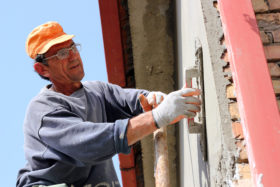
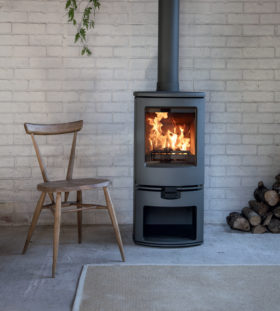

































































































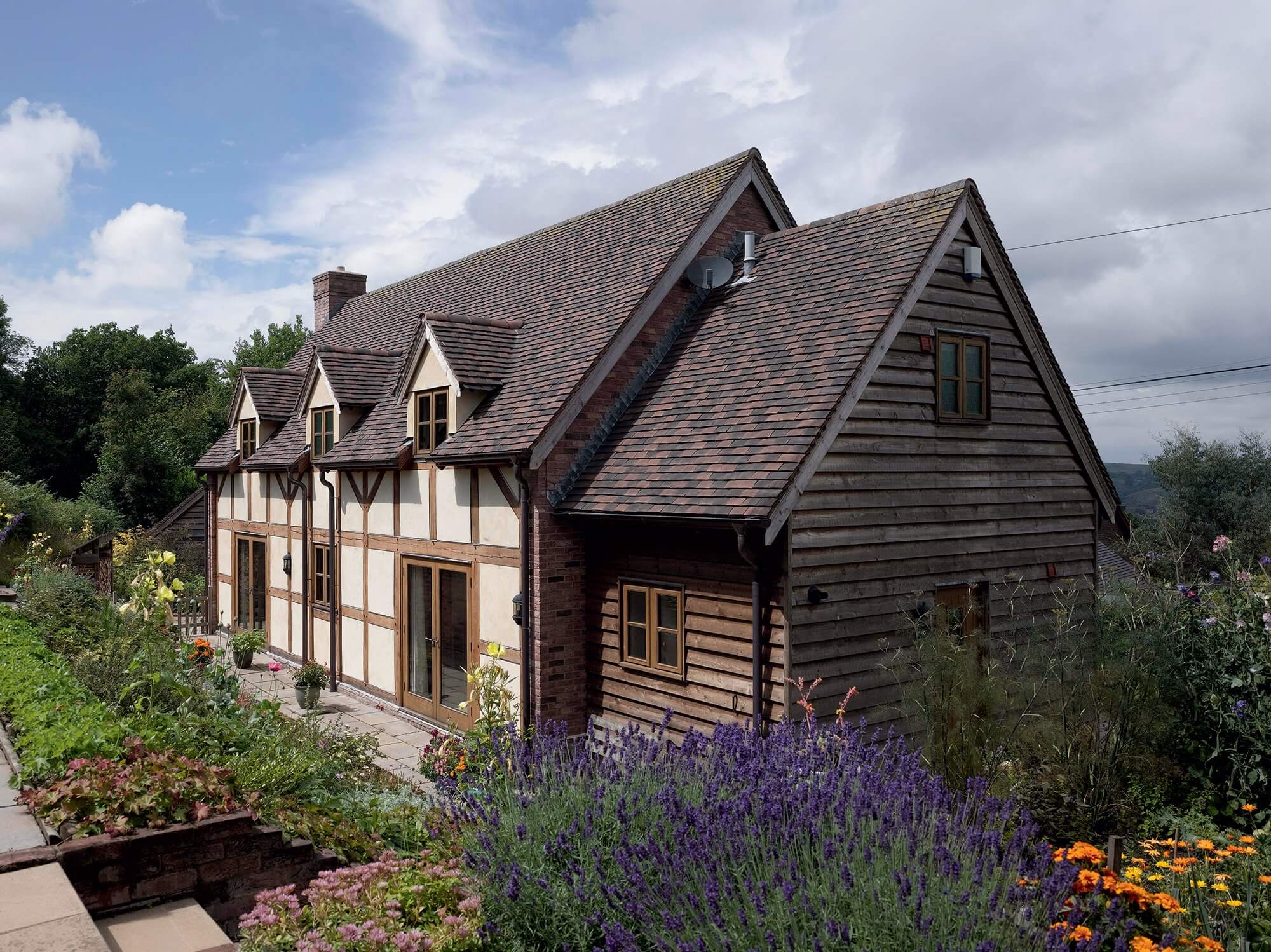
 Login/register to save Article for later
Login/register to save Article for later

